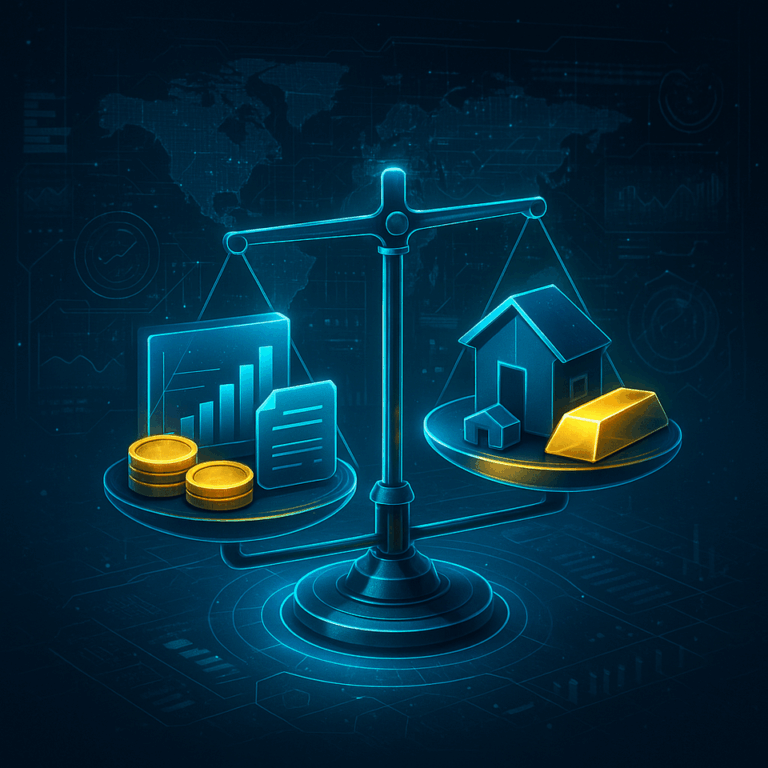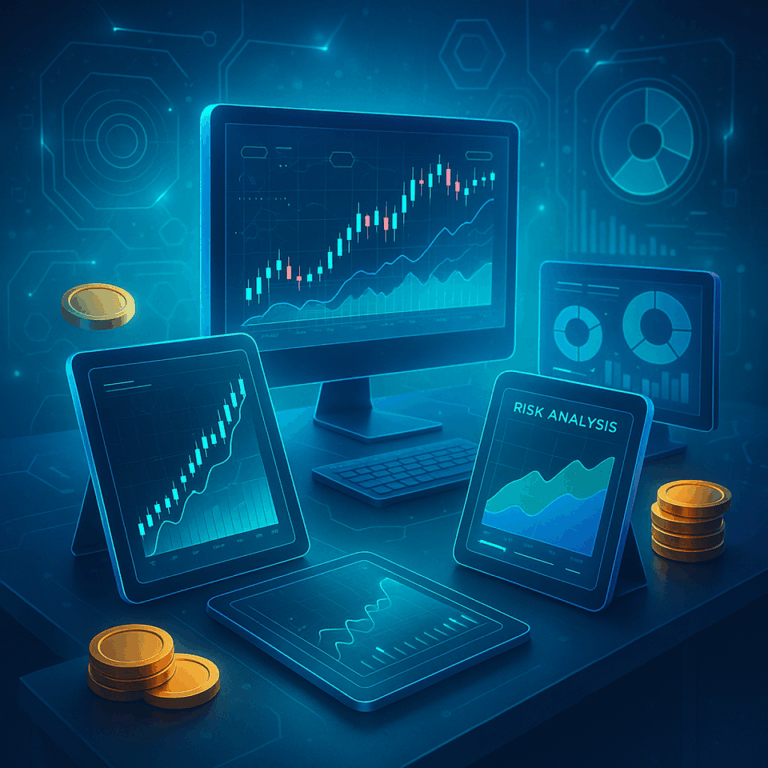Blockchain technology has introduced innovations far beyond cryptocurrencies. One of its most transformative applications is tokenization, the process of converting real-world assets into digital tokens recorded on blockchain. Tokenization is reshaping the way assets are created, owned, and transferred, offering new opportunities in finance, real estate, art, and beyond. By enabling fractional ownership, improved transparency, and greater accessibility, tokenization could redefine global financial markets in the coming years.
What Is Tokenization?
Tokenization involves creating a digital representation of a physical or intangible asset on blockchain. Each token acts as proof of ownership or a share in the asset, making it tradable in digital marketplaces.
Examples of Tokenized Assets
-
Real Estate – Properties can be divided into tokens, allowing investors to purchase fractions of high-value assets.
-
Art and Collectibles – Paintings or rare items can be tokenized, expanding access to markets once limited to wealthy collectors.
-
Securities – Stocks and bonds can be issued as digital tokens, improving efficiency in capital markets.
-
Commodities – Assets such as gold, oil, or agricultural products can be tokenized for easier trading.
Benefits of Tokenization
Increased Accessibility
Tokenization lowers barriers to entry by allowing fractional ownership, enabling more people to participate in markets traditionally reserved for institutions or high-net-worth individuals.
Improved Liquidity
Illiquid assets, such as real estate or fine art, become easier to trade when represented by tokens, increasing market efficiency.
Transparency and Security
Blockchain records provide a transparent and tamper-resistant ledger, reducing fraud and improving trust in asset transactions.
Cost Efficiency
By reducing the need for intermediaries, tokenization lowers transaction costs and speeds up settlements.
Risks and Challenges of Tokenization
Regulatory Uncertainty
Different jurisdictions have varying laws regarding digital assets, creating challenges for global adoption.
Technology Risks
Cybersecurity threats, smart contract vulnerabilities, and scalability issues remain potential concerns.
Market Acceptance
Tokenized assets require widespread trust and adoption to achieve liquidity and long-term value.
Valuation and Standards
Determining fair market value and creating global standards for tokenized assets are ongoing challenges.
Tokenization in Key Sectors
Real Estate
Fractional ownership enables broader participation in high-value property investments, improving diversification opportunities.
Capital Markets
Tokenized securities can streamline issuance, trading, and settlement, reducing costs for issuers and investors.
Art and Collectibles
By digitizing ownership, tokenization expands access to luxury markets and enhances provenance tracking.
Supply Chains
Tokenized commodities improve transparency, enabling better tracking and reducing inefficiencies in global trade.
The Future of Tokenization
Integration With Decentralized Finance (DeFi)
Tokenized assets could play a central role in DeFi platforms, enabling collateralized lending, trading, and liquidity pools.
Institutional Adoption
Banks and financial institutions are beginning to explore tokenization for more efficient asset management and trading.
Global Standardization
As regulations mature, standardized frameworks could encourage broader adoption of tokenized assets across borders.
Everyday Use Cases
In the future, everyday assets—from concert tickets to intellectual property—could be tokenized for secure and efficient transfer.
Conclusion
Tokenization is transforming the financial landscape by redefining how assets are owned, traded, and accessed. By combining blockchain’s transparency with the flexibility of fractional ownership, it opens new opportunities across real estate, art, commodities, and capital markets. While challenges such as regulation, security, and adoption remain, tokenization has the potential to democratize access to wealth creation and reshape global finance. Its growing role in both traditional systems and decentralized finance marks a major step toward the future of digital economies.



